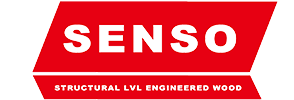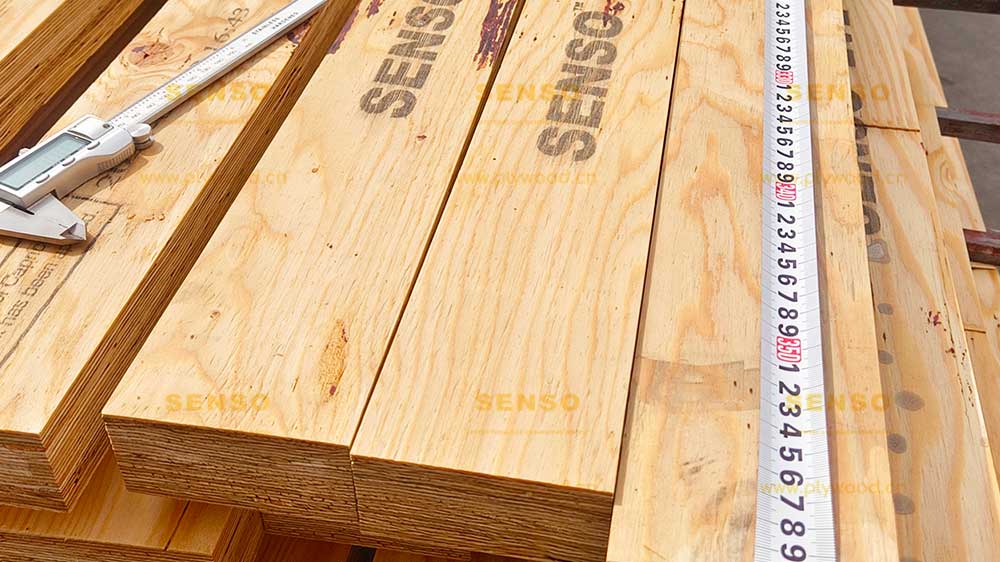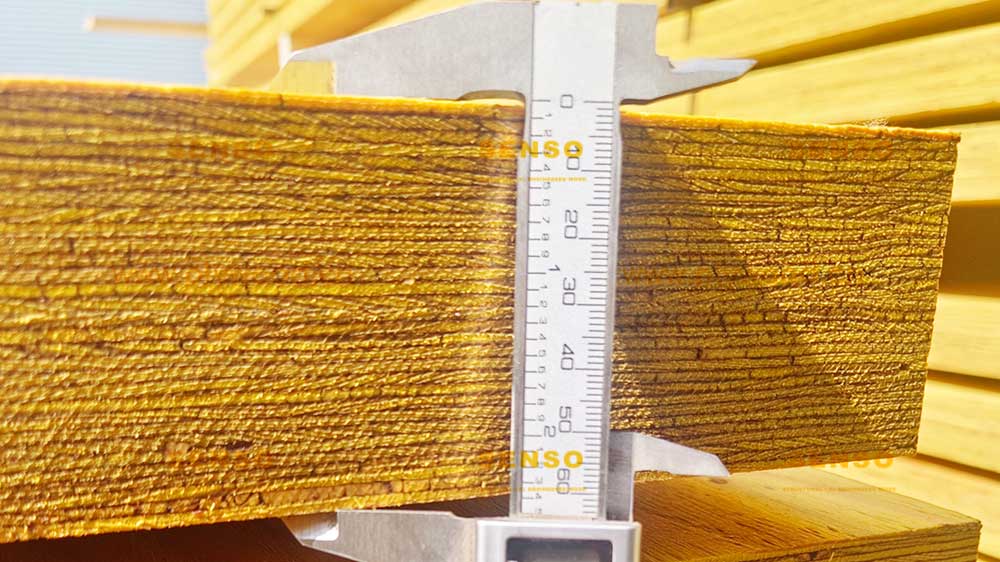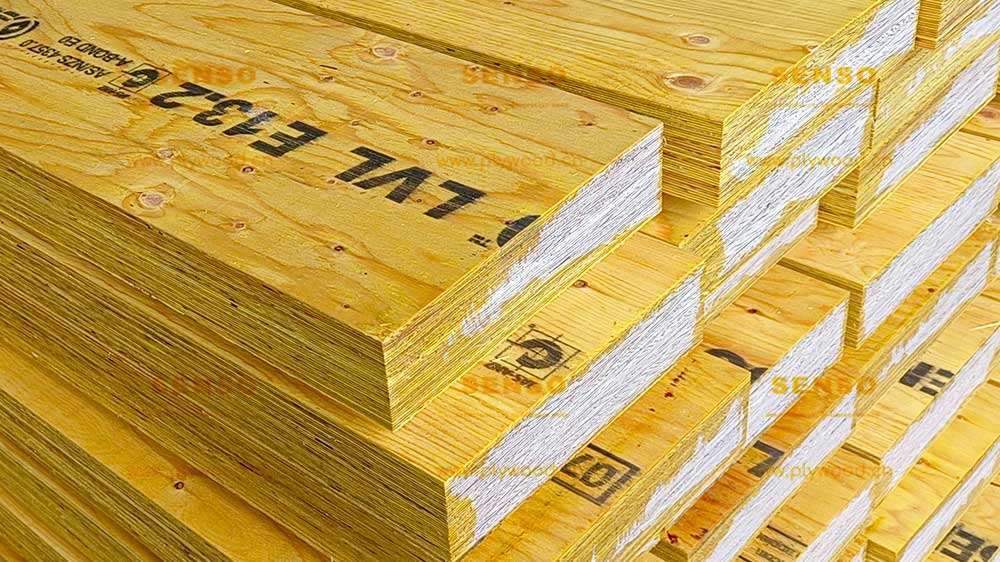What is Timber Wood?
Timber wood is a natural, renewable resource harvested from trees and used in construction and manufacturing. It’s known for its strength, durability, and versatility, making it a popular choice for building materials. Timber can be processed into various forms, including wood beams, laminated veneer lumber (LVL) beams, and other engineered wood products, to meet the specific needs of construction projects.
The Role of Timber Wood in Construction
Timber wood has been a fundamental building material for centuries, offering a unique combination of aesthetic appeal and structural integrity. Its natural properties make it an ideal choice for various construction applications, from residential homes to commercial buildings.
Wood Beams and Structural Support
Wood beams, including traditional timber and engineered LVL beams, are essential components in construction. They provide the necessary support for roofs, floors, and walls, ensuring the stability and safety of the structure.
Laminated Veneer Lumber (LVL) Beams
LVL beams are a type of engineered wood product made by bonding thin layers of wood veneers together under heat and pressure. These beams offer enhanced strength and stability compared to traditional timber, making them suitable for longer spans and heavy loads in construction.
The Advantages of Timber Wood in Construction
Timber wood offers several benefits in construction, including sustainability, aesthetic appeal, and versatility.
Sustainability and Environmental Benefits
Timber is a renewable resource that can be sustainably harvested and managed. The use of timber in construction contributes to reducing carbon emissions, as wood stores carbon dioxide absorbed by trees during their growth.
Aesthetic Appeal and Design Flexibility
Timber wood adds natural beauty and warmth to any space. Its versatility allows for various design options, from rustic to modern, fitting different architectural styles.
Versatility and Adaptability
Timber can be easily cut, shaped, and modified to suit different construction requirements. This adaptability makes it a preferred choice for custom designs and unique building projects.
Timber Wood in Modern Construction
In recent years, timber wood has gained popularity in modern construction, particularly in the form of engineered wood products like LVL beams. These innovations have expanded the possibilities of timber, allowing for more complex and ambitious architectural designs.
Innovations in Timber Construction
Advancements in timber technology, such as cross-laminated timber (CLT) and glue-laminated timber (glulam), have revolutionized the construction industry. These materials offer enhanced strength and durability, enabling the construction of taller and larger timber structures.
Sustainable Building Practices
The use of timber wood in construction aligns with the growing trend of sustainable and eco-friendly building practices. Timber’s natural properties and the ability to be sourced from sustainably managed forests make it an attractive option for green building initiatives.
Timber Wood: The Foundation of Modern Construction
Timber wood remains a vital component in construction, offering a unique blend of natural beauty, strength, and sustainability. Its versatility and adaptability make it suitable for a wide range of applications, from traditional wood beams to innovative engineered wood products like LVL beams. As the construction industry continues to evolve, timber wood will undoubtedly play a crucial role in shaping the future of building and design.
Timber Wood in Green Building and Sustainability
As the construction industry moves towards more sustainable practices, timber wood stands out as a key material in green building. Its renewable nature, coupled with its ability to sequester carbon, makes timber an eco-friendly choice for construction projects.
Reducing Carbon Footprint with Timber
The use of timber in construction can significantly reduce the carbon footprint of a building. Wood stores carbon dioxide absorbed by trees during their growth, effectively removing it from the atmosphere. By choosing timber over more energy-intensive materials like steel or concrete, builders can lower the overall carbon emissions associated with construction.
Timber Certification and Sustainable Forestry
To ensure the sustainability of timber wood, various certification schemes, such as the Forest Stewardship Council (FSC) and the Programme for the Endorsement of Forest Certification (PEFC), have been established. These certifications guarantee that the timber is sourced from responsibly managed forests, promoting biodiversity, and protecting ecosystems.
The Aesthetic Appeal of Timber Wood in Design
Timber wood is not only valued for its structural properties but also for its aesthetic appeal. The natural textures and patterns of wood add warmth and character to any space, making it a popular choice for interior and exterior design.
Timber in Interior Design
In interior design, timber can be used for flooring, wall cladding, furniture, and decorative elements. Its versatility allows for a wide range of styles, from rustic and traditional to sleek and modern.
Timber in Exterior Design
For exterior applications, timber is often used for decking, siding, and architectural details. Its natural resistance to certain environmental conditions, along with appropriate treatment, makes it suitable for outdoor use.
The Versatility of Timber Wood in Construction
Timber wood’s versatility extends beyond its aesthetic qualities. Its adaptability in construction makes it a preferred material for a variety of building types and applications.
Timber in Residential Construction
In residential construction, timber is commonly used for framing, roofing, and interior finishes. Its ease of use and natural insulation properties make it an ideal choice for homes.
Timber in Commercial and Public Buildings
Timber is also gaining popularity in commercial and public buildings, such as offices, schools, and community centers. The use of engineered wood products like LVL beams has enabled larger and more complex timber structures.
The Future of Timber Wood in Construction
As technology advances and the demand for sustainable building materials grows, the role of timber wood in construction is set to expand. Innovations in timber engineering and design are opening up new possibilities for its use in construction.
Innovations in Timber Engineering
Advancements in timber engineering, such as improved treatment methods and enhanced bonding techniques, are increasing the durability and strength of timber products. These innovations make timber a more competitive option for a wider range of construction applications.
The Potential of Timber in Urban Development
The potential of timber in urban development is being recognized, with an increasing number of tall timber buildings being constructed around the world. These structures demonstrate the feasibility of using timber as a primary material in high-rise construction, challenging traditional building methods and materials.
Timber wood is a foundational element in construction, offering a unique combination of sustainability, aesthetic appeal, and versatility. Its role in modern construction is evolving, driven by advancements in technology and a growing emphasis on environmental sustainability. As the construction industry continues to innovate, timber wood will undoubtedly remain a vital and cherished material in building and design.
FAQs (Frequently Asked Questions)
What kind of wood is timber?
Timber refers to wood that has been processed into beams and planks, a stage in the process of wood production. It is a versatile material used in construction, furniture making, and other applications.
Is timber a strong wood?
Yes, timber is strong and durable, making it a popular choice for construction and structural applications. The strength of timber can vary depending on the species of wood and how it has been processed.
What are the 3 types of timber?
The three main types of timber are hardwood, softwood, and engineered wood. Hardwood comes from deciduous trees, softwood comes from coniferous trees, and engineered wood is made by bonding together wood fibers, veneers, or other forms of wood.
Is timber a natural wood?
Yes, timber is a natural wood product. It is obtained from trees and processed into various forms for use in construction, furniture, and other applications.
Does Ikea use timber?
Yes, Ikea uses timber in many of its products. The company is known for its commitment to sustainability and sources its wood from responsibly managed forests.
How durable is timber?
The durability of timber depends on the species of wood, how it has been treated, and the conditions it is exposed to. Some types of timber are naturally resistant to decay and insects, while others may require treatment to enhance their durability.
Embracing the Timeless Appeal of Timber Wood
Timber wood continues to be a cornerstone in the construction and design industries, offering a blend of natural beauty, strength, and sustainability that few other materials can match. Its versatility and adaptability make it suitable for a wide range of applications, from traditional structures to modern architectural marvels.
As the world increasingly focuses on sustainable and eco-friendly building practices, timber wood stands out as a renewable resource that can help reduce the environmental impact of construction. Innovations in timber technology and engineering are expanding its possibilities, allowing for more creative and ambitious uses in both residential and commercial projects.
The enduring appeal of timber wood lies not only in its practical attributes but also in its ability to bring warmth and character to any space. Whether it’s the rustic charm of a log cabin or the sleek lines of a contemporary office, timber adds a touch of nature and a sense of connection to the environment.
Timber wood is more than just a building material; it’s a symbol of our relationship with nature and a testament to the enduring legacy of craftsmanship and design. As we move forward, embracing the timeless appeal of timber wood will continue to shape our built environment in ways that are both innovative and respectful of our planet’s resources.
Post time: Apr-13-2024




